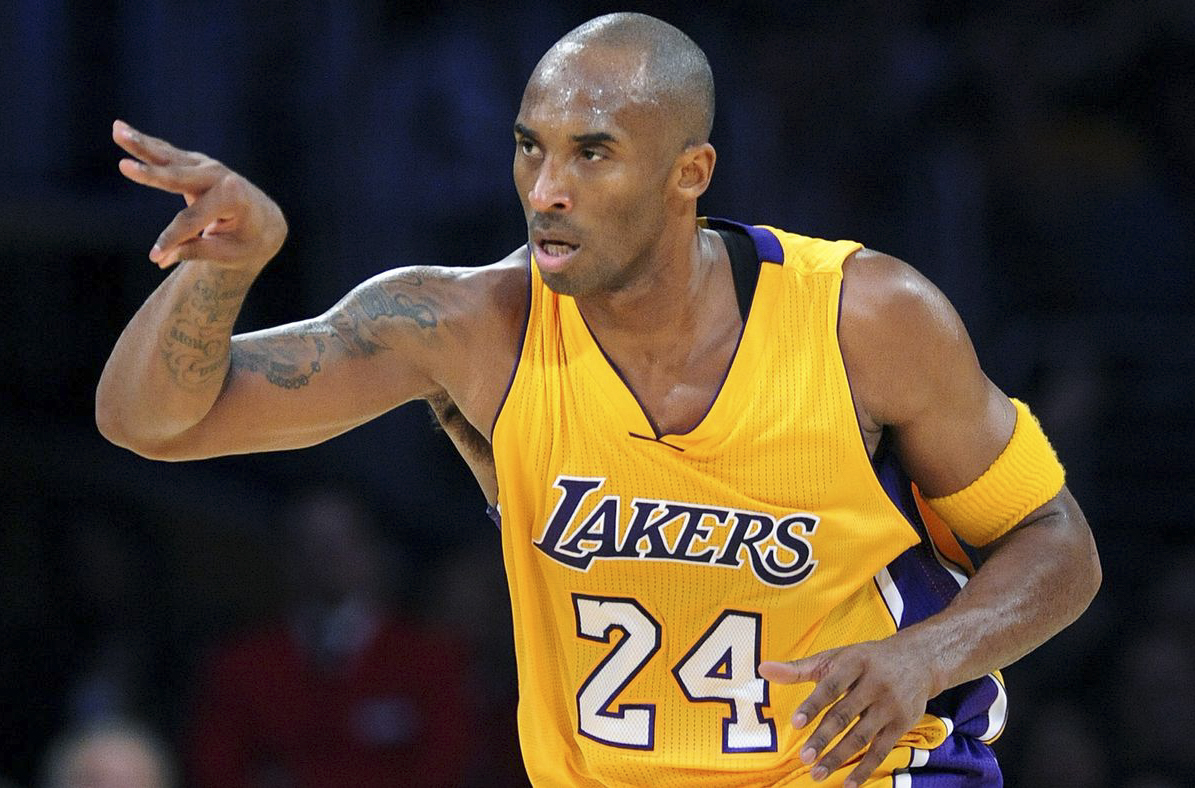
“Most of the change we think we see in life is due to truths being in and out of favor,” Robert Frost once wrote.
The various truths we cling to are more fickle than ever in the modern NBA, where only part of the action takes place on the court. Rivalries were once hashed out in person. The new battleground is everyone’s favorite social medium: Twitter. One notable recent incident has been the historical examination of one of Los Angeles Lakers’ legend Kobe Bryant’s quintessential moments. On March 7, 2010, Kobe was guarding Matt Barnes of the Sacramento Kings on the inbound pass. Rather than throw it in, Barnes appears to fake a chest pass directly into Kobe’s face. This clip confirmed everything the world knew already about Kobe: he was an unstoppable force.
Recently, however, Kobe-truthers have uncovered what might well be considered the Zapruder film of the NBA. A second angle reveals Kobe’s head to be ‘back and to the left’ of Barnes’ fake. This startling finding has placed a large asterisk on one of the defining moments of Bryant’s career. For a player whose career is a sum of myths and legends, moments that bring us back to earth present an existential threat to Kobe’s legacy. USA Today listed this moment as the fifth greatest of Kobe’s career in 2016. What other player can count plays where they don’t even touch the ball among their top 10 (other than Manu Ginóbili swatting that bat out of the air, naturally)? Particularly for Kobe Bryant, who built his entire mystique upon his impenetrable cool, this revelation could rattle even his most ardent supporters.
But then again, who are we kidding, these are the fans that literally drove to Temecula to fight someone who besmirched Kobe’s legacy on Twitter. It’s no surprise then that the new angle, while it has raised doubts about the original footage, has not convinced everyone that Kobe doesn’t really have his legendary composure.
“As far as I know, that s–t went in his face and he didn’t flinch,” said fake-out perpetrator Matt Barnes, per TMZ.
Confusingly, however, Matt Barnes didn’t seem aware that the ball went in Kobe’s face when he actually faked the pass.
“When I did the pass, if you look at me, I’m looking at the play developing, I’m not looking at him. And then I realized how close it got and that he didn’t flinch after the fact,” Barnes said just last month with ESPN.
Matt Barnes’ defense of Kobe points out a fundamental feature of human nature: we are helplessly drawn towards self-mythologization. Even those who serve only as a foil character to greatness still cling to the legend as a cornerstone of their past. If society collectively decided that the ball went directly at Kobe’s face, could we not believe that once again?
Lakers fans, for their part, have been collecting further points of evidence of Bryant’s steely self-command. On the Lakers subreddit, a fan posted a video of the mascot of the Milwaukee Bucks ineffectively attempting to jump and scare Kobe, who pushes the mascot to the side matter-of-factly. Discreditors will point out that Kobe is wearing headphones that could undermine the “jump scare” nature of the prank, but this seems like a minor detail.
More importantly, there are also questions that address whether the new angle even invalidates the impressiveness of the original clip. For one thing, when viewed statically the ball does appear to go to the side of Kobe’s head. In the video clip, however, we can clearly see Kobe swaying back and forth, so that his airspace is much wider than the one still frame of his head. Second, would it really be less impressive if he did not flinch at all as a ball came incredibly close to his face, albeit obliquely? As a lifelong scaredy-cat, I know I would certainly flinch. These combined factors point to the value of the narrative truth of the moment rather than the information that any individual photo can afford us. More important than the facts of the occasion is what this moment told us about Kobe Bryant. In some ways, our collective misinformed memory is still a faithful retelling of Matt Barnes’ fake inbound pass.
Throughout human history, myths have existed to explain the unexplainable, reify rulers and systems, and otherwise bring order and ritual to an uncaring universe. Why then, must we be like petulant children demanding that the magician show us how the trick is done? Why can we not appreciate the poetry of the moment without interrogating its validity? The Lakers are in the Wild West after all, and when the legend becomes fact, print the legend.
Alex Tripp can be reached at atripp@wesleyan.edu.


Leave a Reply